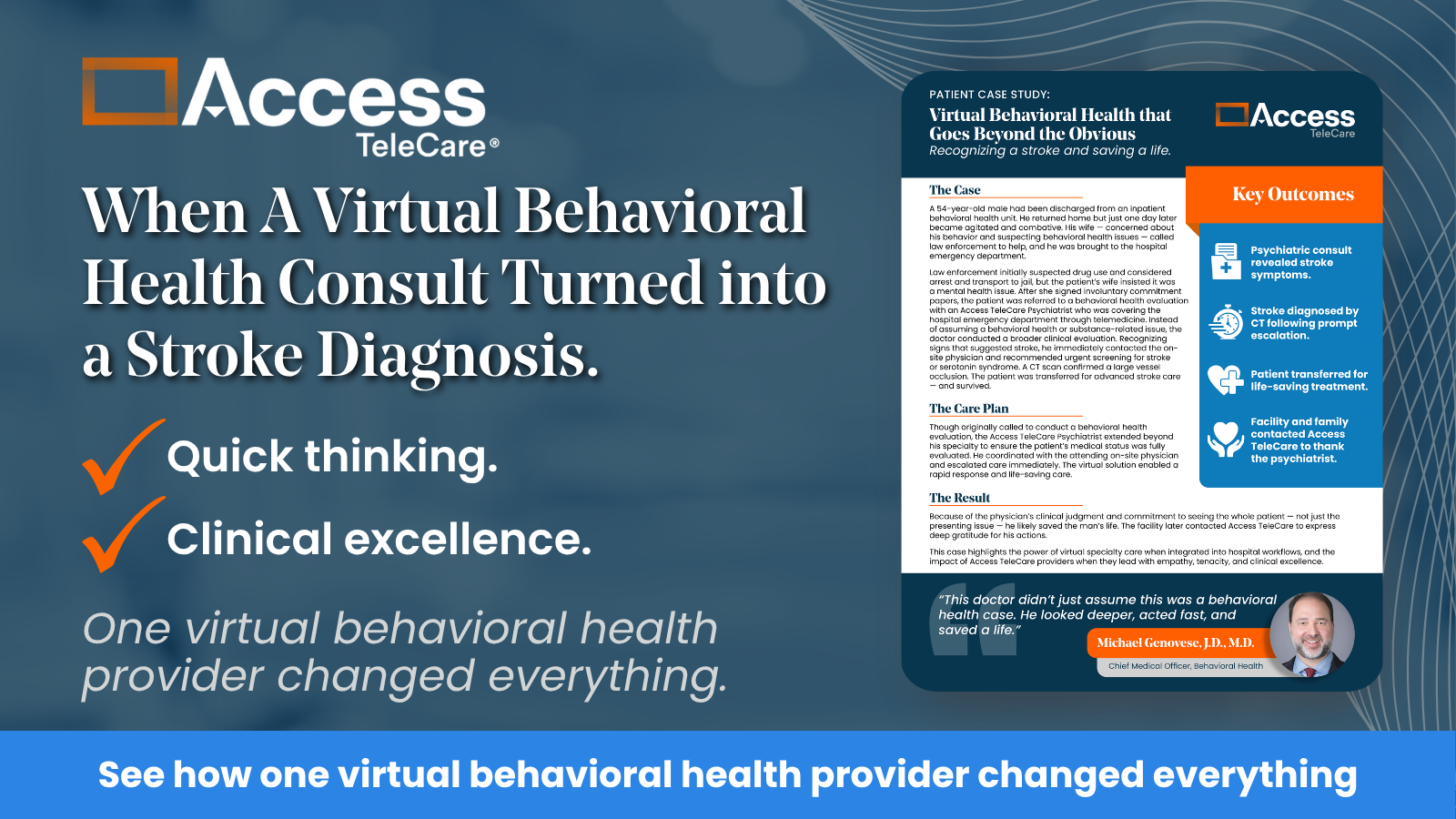Every time police officers are called on to respond to a mental health emergency, there is a good chance they will have to deal with the consequences of a long series of previous failures: societal failures, regulatory failures, and failures of our healthcare and behavioral health systems.
In too many cases, these failures have tragic outcomes, as in the deaths last year of Daniel Prude in Rochester and Walter Wallace, Jr. in Philadelphia. These men, both Black, were killed by police last year—and both were known to be facing mental health crises at the time of their deaths.
Prude had just been released by Strong Memorial Hospital in Rochester, despite being suicidal and struggling with an addiction to PCP. In a video recorded by an officer’s body camera, Daniel’s brother, Joe, struggled to understand why his brother had been released from the hospital at all, given his earlier suicidal behavior.
The family of Walter Wallace, Jr, who was shot and killed by police following reports of a domestic dispute, said he had been struggling with depression and mental health issues. Wallace Jr. was also bipolar and taking lithium at the time of his encounter with the police.
As incidents like these accumulate and calls for police reform widen, a big part of the solution is improving our mental and behavioral health system. We must find a way to avoid the long string of small failures that end in tragedy. We need to identify cases where it is more appropriate to have a behavioral health response than a law enforcement response.
A Behavioral and Mental Health Crisis
In many ways, the COVID-19 pandemic has only reinforced what hospital leaders, frontline emergency room clinicians, and the country’s law enforcement officers have known for a long time: the U.S. is facing a mental and behavioral health crisis.
There was a chronic shortage of psychiatrists even before the recent surge in mental health cases. And as noted in a recent blog, about half the country’s general acute care hospitals lack an inpatient psych unit. As a result, placing behavioral health patients in outpatient settings has long been a bottleneck for emergency departments.
It is unknown why Strong Memorial Hospital discharged Daniel Prude—the health system’s statement said only that his care was “medically appropriate and compassionate.” But thousands of ER physicians, psychiatrists, and nurses make difficult calls to admit or discharge behavioral health patients every day. In the hospital, telePsychiatry can help manage decisions concerning behavioral health patients. But bringing psychiatrists out into the community via telemedicine can help address problems even earlier.
What is Assertive Community Treatment (ACT)?
Assertive Community Treatment (ACT) Programs, which bring psychiatrists into the community, have been around for decades.
ACT is a comprehensive, community-based model for tracking and proactively monitoring people with severe mental illness. ACT teams are multidisciplinary groups of social workers and care providers, including psychiatrists.
In Assertive Community Treatment for People with Severe Mental Illness, the Disease Management and Health Outcomes Journal noted that the model had been the subject of more than two dozen randomized control trials. The research showed ACT “substantially reduces psychiatric hospital use, increases housing stability, and moderately improves symptoms and subjective quality of life,” among other benefits.
There are ACT programs in place throughout the U.S., usually led by a local government entity which then contracts with a health system or other care provider to implement the model.
“The team literally goes out to the patient’s home and takes care of them and follows and monitors them,” said SOC Psychiatrist Dr. John Kenny, who worked with ACT teams for many years in New York.
It’s clear these programs can head off exactly the kind of tragic outcomes from police encounters noted above. In one example, a 2014 case report published in The Primary Care Companion for CNS Disorders, authors describe the case of a woman, referred to as “Ms. A,” with psychiatric symptoms caused by Graves’ disease.
Ms. A was assigned to an ACT team when she was 19 years old, following a psychiatric hospitalization “precipitated by vaguely described irritability and noncompliance with treatment.” The ACT team followed her for years, checking in weekly, coordinating care among multiple facilities and providers, and even working with her through a pregnancy: “A strong alliance formed between Ms. A and the team,” the authors write:
She moved between medical and psychiatric settings as her diagnoses and treatments changed, and this separation of care left the treating facilities with little institutional memory of her condition. In contrast, the ACT team had an advantage: the ACT team provided continuity of care and followed her through inpatient and outpatient treatment, maintaining records—and memory—of her care.
TelePsychiatry and Assertive Community Treatment
ACT programs face the same problem as the mental and behavioral health system as a whole: a shortage of psychiatrists.
In 2018, two physicians writing in the Journal of Psychiatric Practice noted a possible solution to the geographic variability in ACT implementations: telePsychiatry. “The increasing implementation of evidence-based practices has led to the expansion of ACT in rural areas,” write Drs. Charlie Swanson and Robert Trestman. “One way to increase psychiatric professional efficiency in rural areas is with telepsychiatry and possibly with rural ACT.”
SOC’s telePsychiatrists support ACT programs nationwide.
“Previously, you used to need a doctor physically present on the team who drives out to people’s houses all the time,” Dr. Kenny said. “Now, we can do all that remotely. You have a physical team on the ground that includes caseworkers, social workers. The psychiatrist dials in virtually when the team discusses case management, and is also present remotely when they go out to the patient’s house in case of emergency interventions.”
These ACT teams, leveraging telePsychiatry, impact patients who otherwise wouldn’t get care and tend to be high utilizers of healthcare services. Sometimes, these patients may eventually present a high risk to themselves or others.
As Kenny said, a significant benefit of ACT programs with ready access to telePsychiatry is that they can head off dangerous situations before they materialize into a full-blown crisis necessitating intervention from law enforcement.
Thus, telePsychiatry can provide a crucial, missing link in our country’s mental healthcare infrastructure. Getting more ACT programs up and running, in more places, could make a meaningful contribution to forestalling the kinds of tragic encounters which have too often rocked our communities.
***
If your hospital is working with an ACT program, contact us to see how you can add telePsychiatry providers to increase access.








